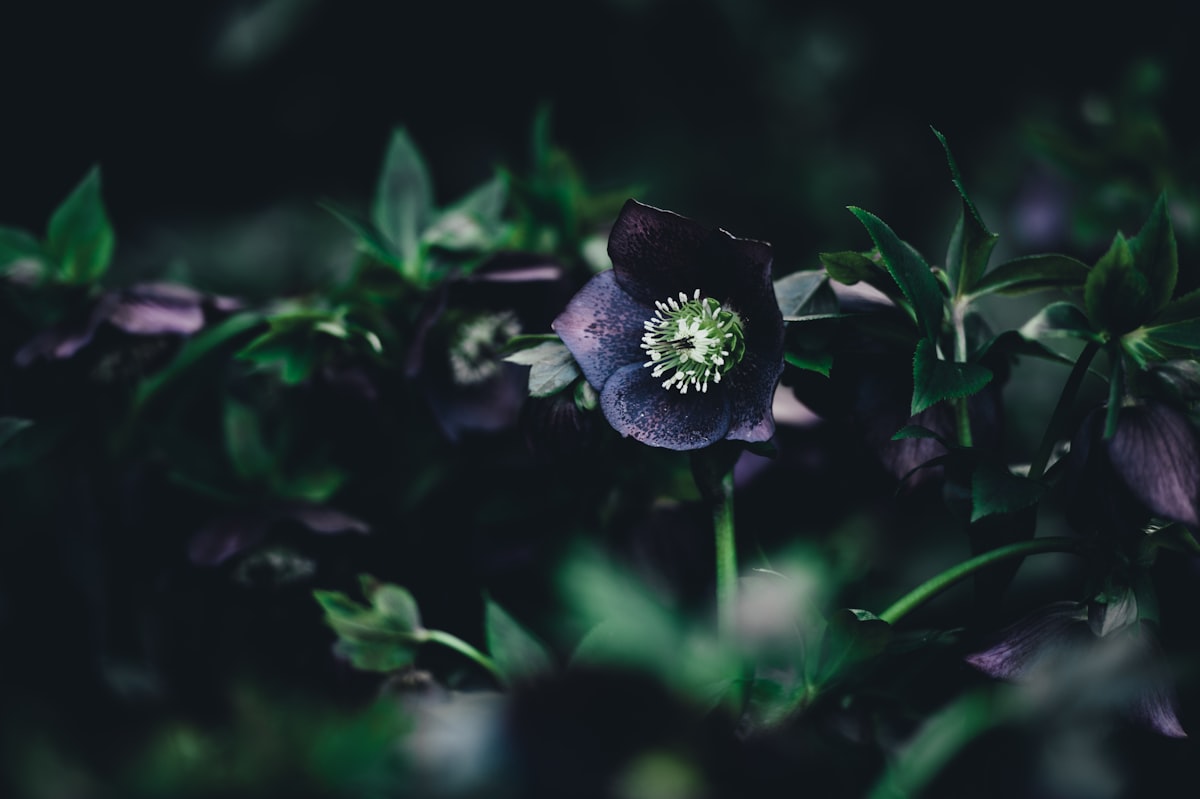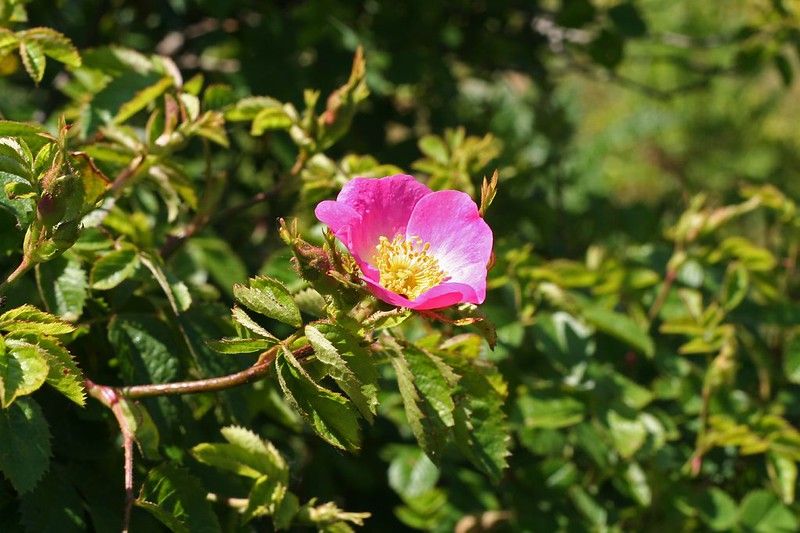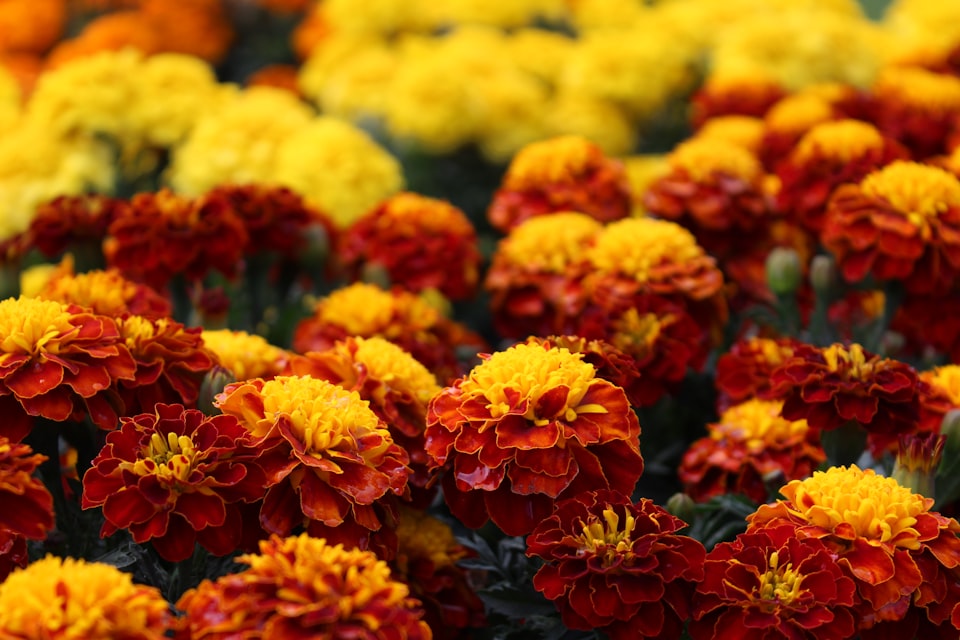I: Hellebore
A winter beauty holds a possible cure for epilepsy.

Good morning. Today is primidi, the 11th of Pluviôse, Year CCXXXI. We celebrate l'ellébore, a poisonous buttercup.
💡
Hellebore is a huge favorite of gardeners because its perennial, evergreen, and produces many different colored varieties at a time when the rest of the garden is dormant. Also known as Lenten Roses for their propensity to bloom in Pluviôse, these plants are resistant to deer (thanks to being poisonous) and require very little maintenance for a ton of cut flowers in winter. You do need to live somewhere that hard frosts are rare, though.
Let's start with a big "don't try this at home," because all parts of hellebore are toxic. While cases of death from hellebore are rare, it can really mess up your digestive and nervous system when taken in large enough doses. So do not follow any advice to make hellebore tea or whatever.
That said, the ancient Greeks used it to treat epileptic seizures, and in CCXXIX (2020), scientists conducted a study that broke down the compounds in hellebore and showed that they might have been right.



